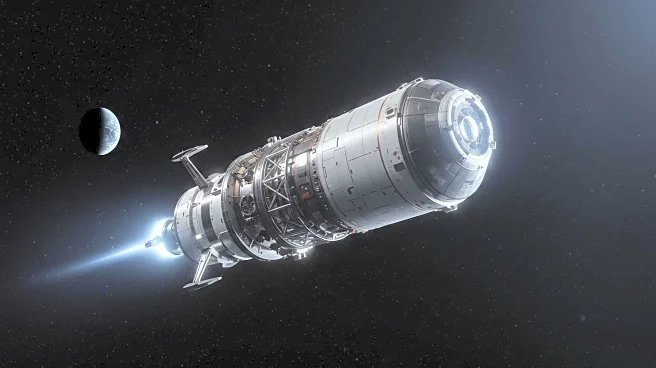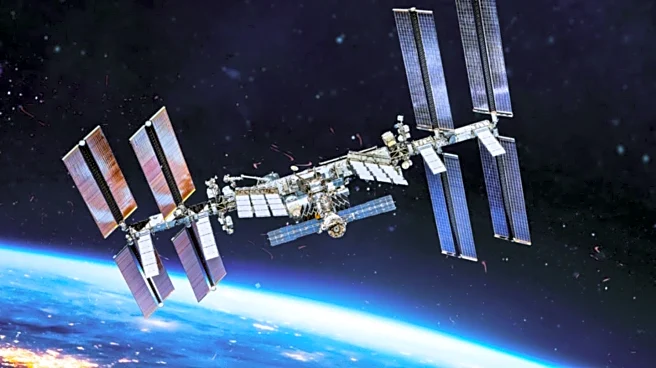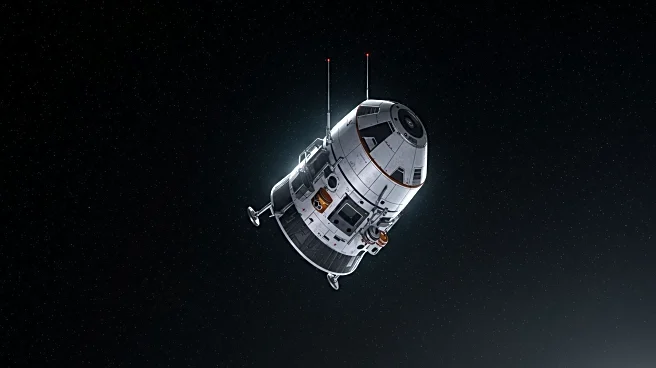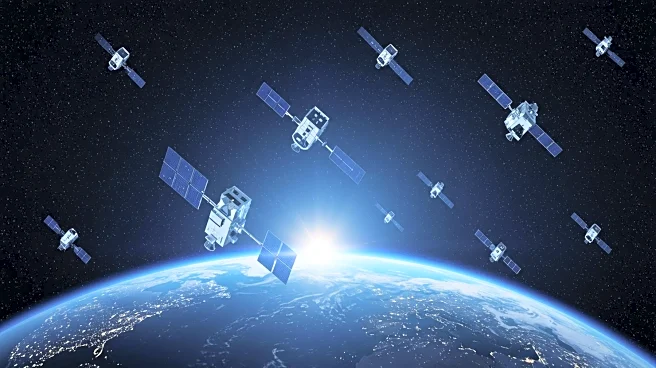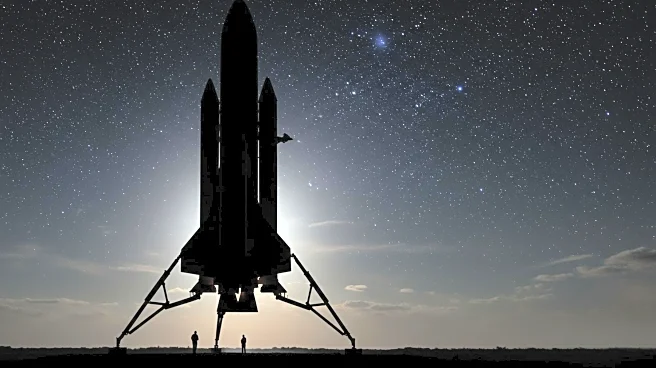Rapid Read • 6 min read
Voyager 1, launched over four decades ago, continues to operate beyond its expected lifespan, transmitting data from interstellar space. Recently, the spacecraft has exhibited unexpected transmission patterns, prompting new research into data anomalies and cosmic communication. These patterns have opened avenues for advancements in deep-space data analysis, potentially influencing future probe designs and the interpretation of cosmic signals. The mission's success underscores the importance of multidisciplinary collaboration in space exploration, with organizations like CERN contributing to groundbreaking analysis techniques.
AD
Voyager 1's continued operation and the new data it provides are crucial for understanding interstellar space. The insights gained from its transmissions could lead to significant advancements in space exploration technology and methodologies. This development highlights the resilience and longevity of the Voyager mission, inspiring future projects and emphasizing the value of international collaboration in scientific research. The findings could also impact how scientists approach the design and analysis of future interstellar missions, potentially leading to breakthroughs in our understanding of the universe.
The unexpected data patterns from Voyager 1 may have implications beyond immediate scientific research. They could influence the development of new technologies for data transmission and analysis, applicable in various fields beyond space exploration. Additionally, the mission's success story serves as a testament to the potential of long-term scientific projects and the importance of investing in exploratory missions that push the boundaries of current technology and knowledge.
AD
More Stories You Might Enjoy
